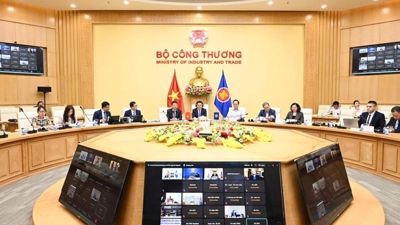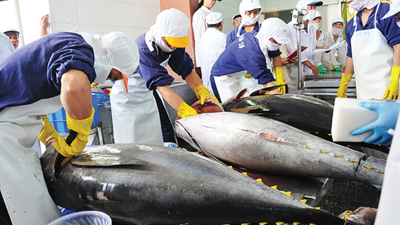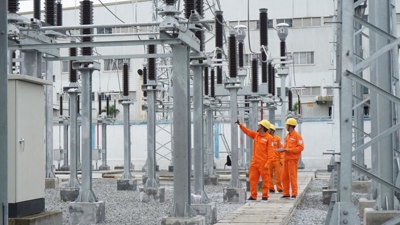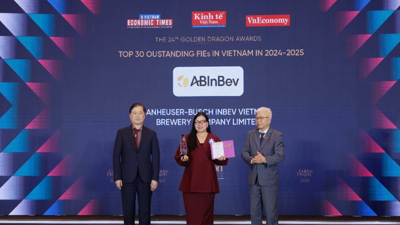RMIT: Revised FDI attraction strategy needed
Emerging global challenges require a response if FDI volumes are to be maintained.
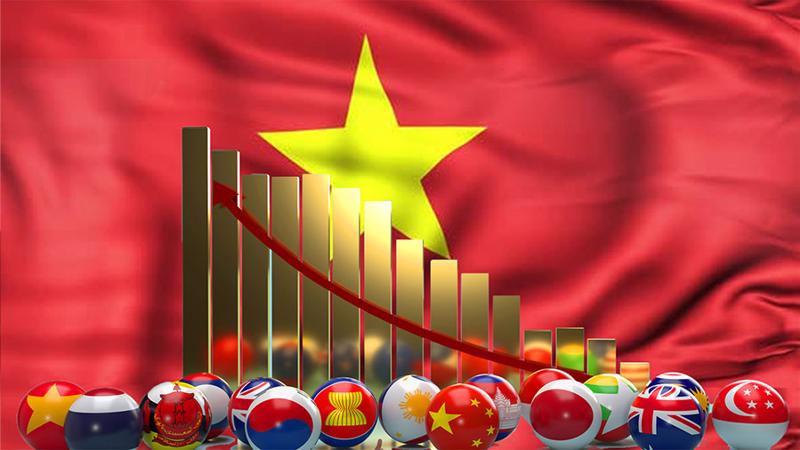
Experts from RMIT University believe that Vietnam should revise its strategy to attract more foreign investment and maintain sustainable development.
FDI inflows into Vietnam have significantly increased over the past three decades, with registered and disbursed capital rising from $1.28 billion and $428.5 million, respectively, in 1991 to $31.15 billion and $19.47 billion in 2021. In 2020, Vietnam was among the top 20 economies attracting the most FDI. According to Fitch Solutions, it is also one of the most open economies in Asia.
In the first five months of this year, capital inflows reached nearly $10.86 billion, equivalent to 92.7 per cent of the figure in the same period last year.
Though Vietnam has clearly improved its governance and is actively participating in various free trade agreements (FTAs) to attract more FDI, many emerging challenges may have a negative impact on FDI inflows into Vietnam this year.
Firstly, global economic instability in 2023 has slowed recovery, including in the US, one of Vietnam’s major trading partners and FDI investors, and a recession is forecasted in 2024.
Many Vietnamese exporters faced significant declines in international demand in the first quarter of this year, which may lead to a contraction in production scale.
Secondly, investors tend to seek investment opportunities in neighboring countries to shorten their supply chains. Countries such as South Korea and Japan, which are among Vietnam’s largest sources of FDI, the US, and some countries in the EU are trying to limit outward investment by reducing corporate income taxes and providing incentives for domestic investment to recover foreign investment.
In addition, the introduction of the global minimum tax may discourage investment in jurisdictions with low tax rates like Vietnam, because tax advantages will be reduced.
Moreover, attracting FDI solely based on cheap labor is not a solution for attraction the high-quality FDI the government targets in its 2018-2023 strategy. Rather, attractiveness needs to be based on other aspects, not just low wages.
A number of solutions have been proposed to help in addressing the above-mentioned challenges. Firstly, simplifying administrative procedures and reducing corruption would help attract more foreign investors and can be achieved through enhanced digitalization and increased transparency, establishing clear and consistent rules and regulations, and enforcing them fairly and uniformly. Secondly, improving infrastructure, including transportation, telecommunications, and energy, is crucial in attracting foreign investors.
Moreover, Vietnam needs to develop a skilled workforce to attract more foreign investors by investing in education and training programs aimed at providing the necessary skills and knowledge for the workforce. This will make Vietnam more attractive to foreign investors as they can benefit from a knowledgeable and skilled workforce.
In order to protect the environment, achieve climate goals by 2050, and enhance sustainable production, new FDI needs to meet minimum criteria. Vietnam’s economy, including the production activities of foreign manufacturers, needs to become greener.



